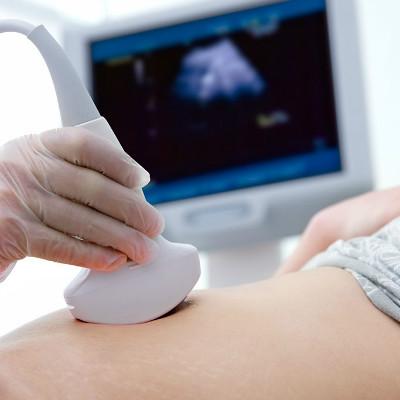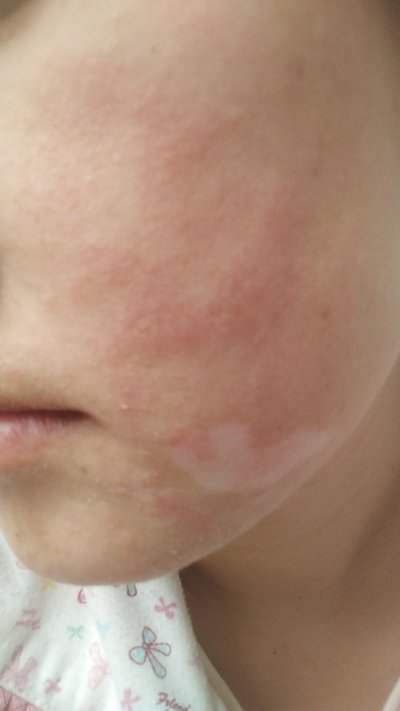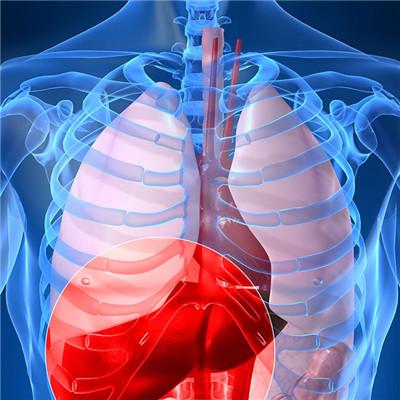Spinal fracture symptoms?
summary
Spinal fracture is a common orthopedic trauma. The incidence of thoracolumbar fracture is the highest, followed by cervical and lumbar vertebrae, and the thoracic vertebrae is the least. Spinal cord or cauda equina nerve injury can often occur. Spinal fracture is more common in young men. Most of them are caused by indirect external force, such as hip or foot landing, impact external force upward to thoracolumbar fracture. The clinical manifestations are deformity and pain of the spine after trauma, often accompanied by spinal cord injury. Spinal fracture symptoms? Let's talk about it
Spinal fracture symptoms?
There may be deformity of spine and subcutaneous congestion in spine spinous process fracture. Local pain, such as neck pain, chest pain, back pain or leg pain. There were obvious shallow tenderness in spinous process, muscle spasm in back of spine, tenderness and percussion pain in fracture part. When cervical spine fracture, flexion and extension movement or neck rotation movement is limited. Thoracic spine fracture, trunk movement limitation, combined with rib fracture can appear respiratory restriction. There is obvious tenderness in the waist when lumbar fracture occurs, and the lower limbs feel lumbago when flexing and extending.

The patient had an obvious history of trauma, such as car accident, falling from height. The trunk is compressed. Often combined with spinal cord injury, may have incomplete or complete paralysis performance. Such as sensory, motor function loss, dysuria, etc.
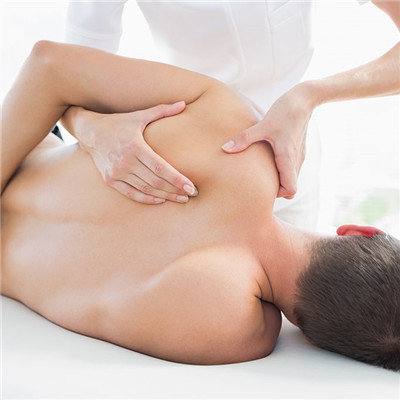
Spinal fracture is more common in young men. Most of them were caused by indirect external force, such as hip or foot landing, impact external force upward to thoracolumbar fracture when falling from height; A few are caused by direct external forces, such as house collapse, car crush or firearm injury. Severe cases can cause paraplegia, even life-threatening; Simple compression fracture with improper treatment can also cause chronic low back pain.
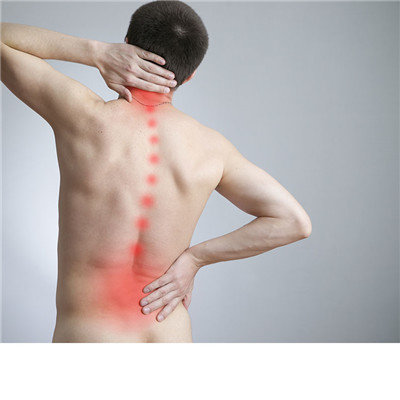
matters needing attention
In Jefferson fracture, the occipital condyle collided with the atlas, resulting in the fracture of the lateral mass and the junction of the anterior and posterior arch. The main treatment was halo frame fixation for 12 weeks and skull traction. Atlantoaxial dislocation there is no fracture of atlantoaxial, but the dislocation between odontoid process and anterior arch of atlantoaxial caused by ligament rupture can compress the spinal cord. The main treatment is traction reduction and atlantoaxial fusion.
